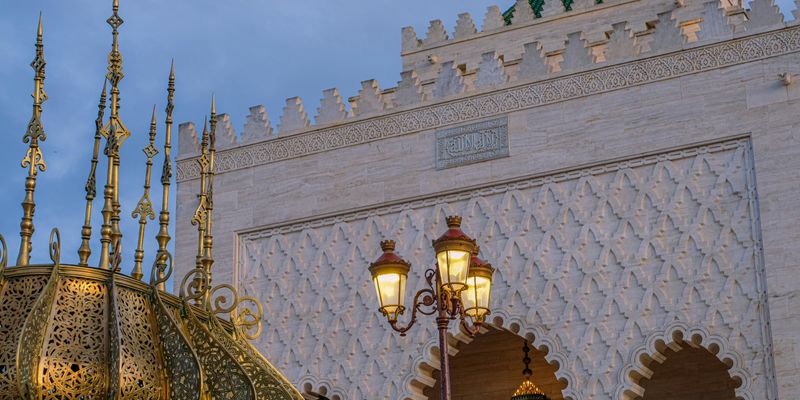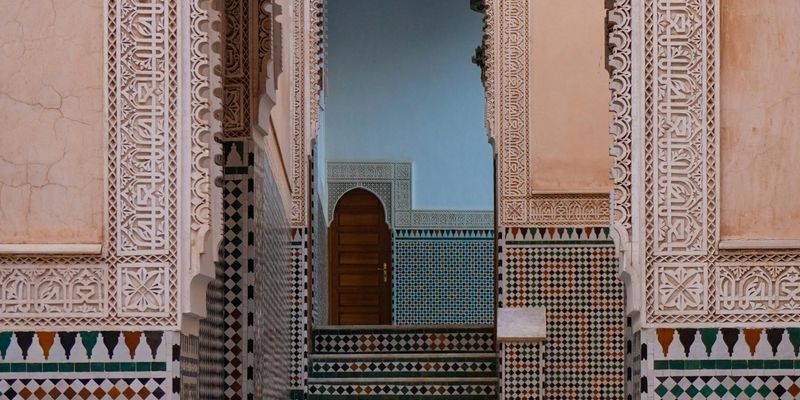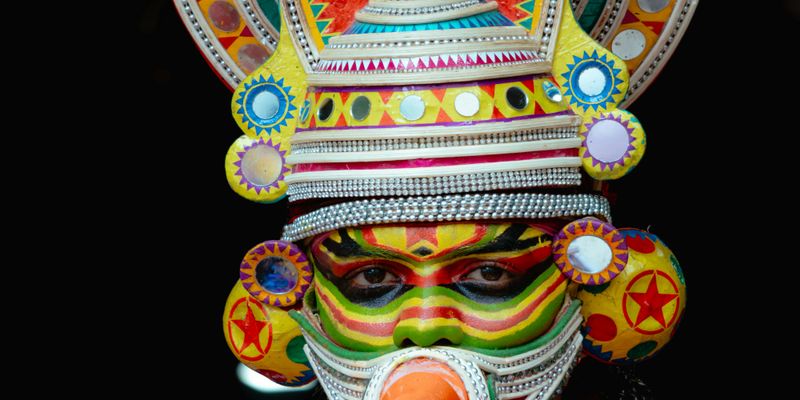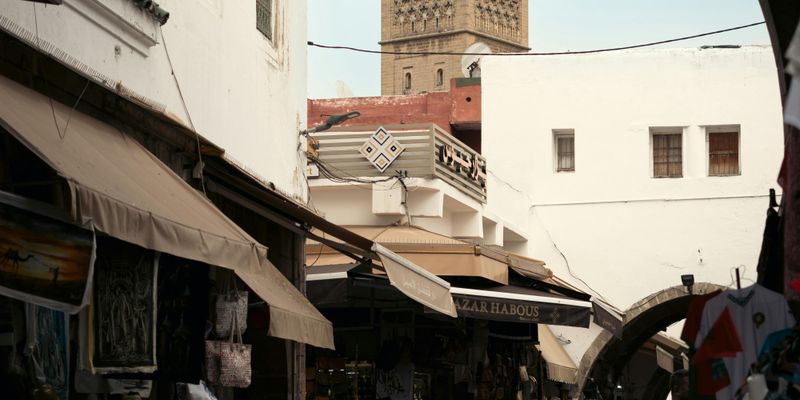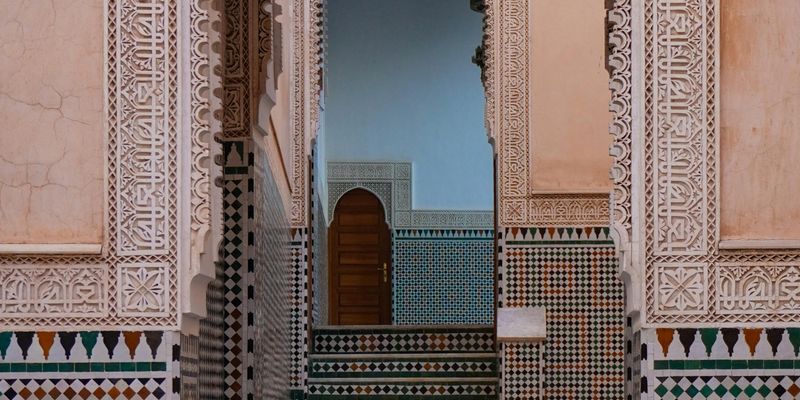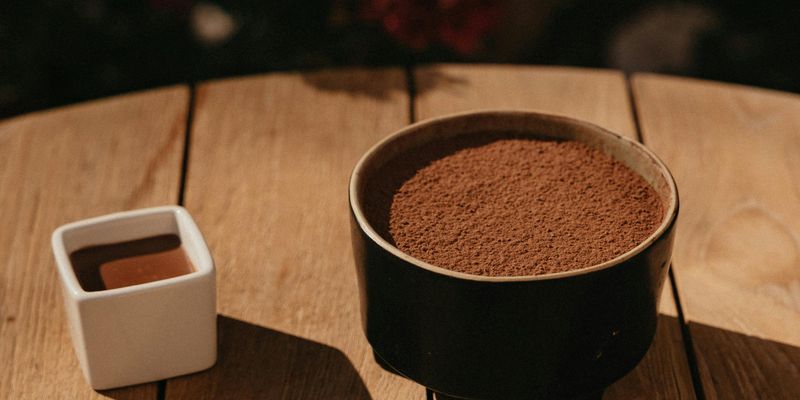
Unveiling the Rich Tapestry of Moroccan Gastronomy
Welcome to Morocco, a country where the vibrant aromas, colors, and flavors of its gastronomy create an enchanting experience for all who visit. Sitting at the crossroads of Africa, Europe, and the Middle East, Moroccan cuisine is a harmonious blend of diverse influences, making it a delightful journey for the senses.
A Feast of Flavors
One of the first dishes that springs to mind when you think of Moroccan food is the tagine. This slow-cooked stew, named after the earthenware pot in which it is prepared, is a culinary masterpiece. Each tagine is unique, combining tender meats or seasonal vegetables with an array of spices like cumin, coriander, and saffron. As the lid is lifted, the steam reveals tantalizing aromas that transport you to the bustling streets of Marrakech.
Spices That Tell a Story
Speaking of spices, Moroccan cuisine is known for its rich and aromatic spice blends. Ras el Hanout, which means "top of the shop", is a sophisticated mix of spices used in many dishes, each chef boasting their secret blend. This aromatic mix perfectly embodies the country's history of trade and cultural exchange, as it contains influences from across the Mediterranean and African continent.
The Sweets of Moroccan Culture
No exploration of Moroccan gastronomy would be complete without indulging in traditional sweets. Baklava, kaab el ghazal (gazelle horns), and m'hanncha (snake pastry) are just a few examples of how Moroccan sweets delight the palate. These confections are traditionally flavored with orange blossom water and almonds, capturing the essence of Moroccan hospitality. Sharing sweets is a part of “l’hospitalité”, a deep-rooted tradition in Moroccan culture, symbolizing warmth and generosity.
Tea: More Than Just a Beverage
When you think of a meal in Morocco, do not forget the importance of mint tea. Often referred to as “Moroccan whiskey”, this sweet and refreshing beverage is served with ceremony. The preparation of mint tea, pouring it from a height to create a frothy top, is an art form that showcases the cultural importance of hospitality. Each sip is an invitation into Moroccan life and a perfect way to end a meal.
Local Markets: A Sensory Overload!
A visit to Morocco would not be complete without wandering through a local market, or souk. The sights, sounds, and smells create a vibrant tapestry where you can find spices, fresh produce, and traditional utensils. Buying ingredients for your own Moroccan dish at a souk connects you to the essence of local life, and perhaps even a few friendly merchants who would be eager to share tips on how to prepare your favorite Moroccan dishes.
Culinary Experiences Await
If you are adventurous, why not take a cooking class? Many local chefs will invite you into their homes or private kitchens to teach you the secrets of their family recipes. Whether making your own tagine or perfecting the art of pastry making, you’ll not only learn valuable skills but also gain a deeper appreciation for Moroccan culture.
In Conclusion
Moroccan gastronomy is an essential part of the country's heritage, offering a splendid array of flavors, aromas, and traditions that will leave your taste buds dancing with delight. With each bite, you experience the rich history and mixed cultures that shape this stunning part of the world. So whether you are planning a visit or seeking to recreate Moroccan flavors in your own kitchen, remember: Moroccan food is not just about nourishment; it's about building connections, sharing stories, and creating lasting memories.
